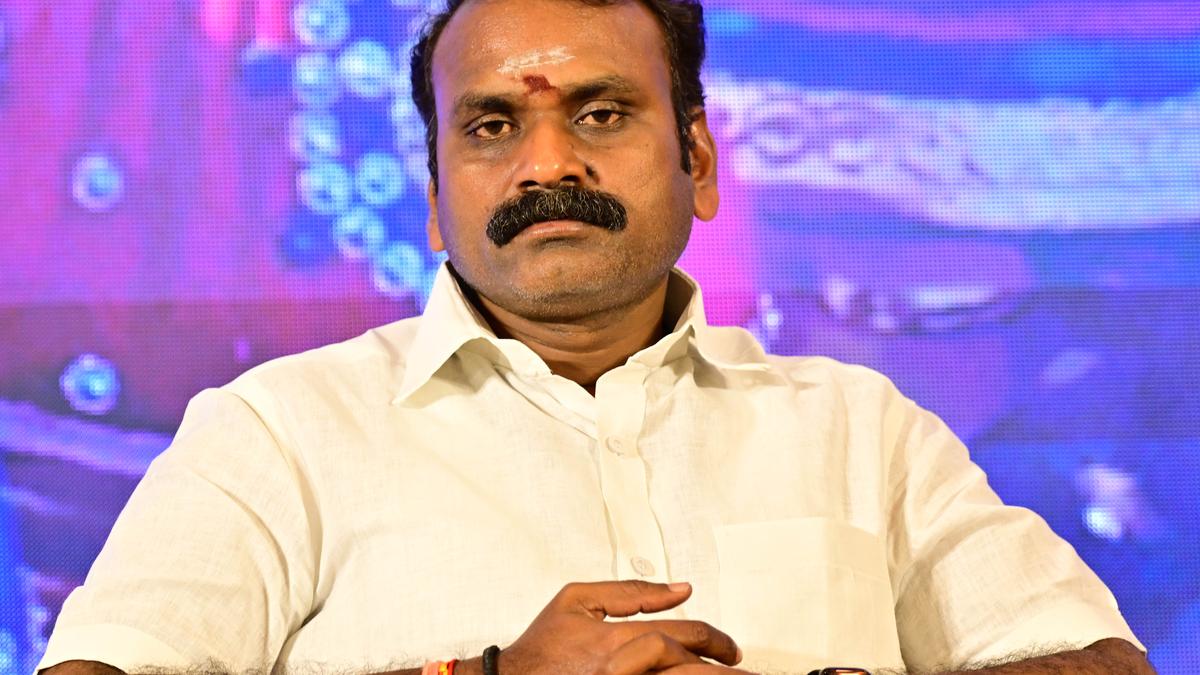ARTICLE AD BOX
The entire 337 tonnes of waste from the now-defunct Union Carbide factory in Bhopal has been incinerated, officials said on Monday.
Bhopal Gas Tragedy Relief and Rehabilitation director Swatantra Kumar Singh told The Indian Express, “The pollution board officials have informed us that all the waste has been disposed of as per protocol.”
More than 40 years after the Bhopal gas tragedy, the process of relocating the toxic waste from Bhopal’s Union Carbide factory began on January 1, when 12 containers carrying 337 metric tonnes of hazardous waste left for a private disposal plant in Pithampur run by the firm Re Sustainability.
This came after the Madhya Pradesh High Court on December 3 set a four-week deadline for the authorities to dispose of the waste. On December 5, the HC pulled up the state government over the lack of progress, observing that the authorities were “still in a state of inertia despite 40 years” having gone by.
While 30 tonnes of waste had been incinerated until March 13, the process of burning the rest at the disposal plant began around 7:45 pm on May 5 and ended on the intervening night of June 29-30 at 1 am, officials said.
As per protocol, the ash and other residue left after burning the waste were safely packed in sacks and stored in a leak-proof shed at the plant.
Special landfill cells were being constructed to bury the residue in the ground, and this work is expected to be completed by November. “The entire disposal was carried out as per established safety standards. The emission of different gases and particles from the Pithampur plant was monitored on a real-time basis by an online mechanism, and all the emissions were found to be within the standard limits,” said a state pollution control board officer.
Story continues below this ad
Protests against the disposal of toxic waste had broken out in Pithampur at the beginning of this year, with two men also attempting to self-immolate. The Indore district officials had assured locals in multiple meetings about the safety standards and the need to carry out the disposal due to court orders.
“So far, we have not received any adverse complaints. We will continue monitoring the site as we dispose of the remaining residue in the landfill site,” said an official.
Shrinivas Dwivedi, regional director of the Madhya Pradesh Pollution Control Board, told The Indian Express that the waste was incinerated at the rate of 270 kg/hour from May 5 onwards, with a break of two days to undertake a cleaning process for the incinerator.
“About 19 metric tonnes of waste in the form of soil and sundry materials such as bags is left, and that, too, would be incinerated by July 3,” Dwivedi told The Indian Express.
Story continues below this ad
Between the end of the trial run and May 5, MPPCB installed a small machine to blend and mix the waste with reagents, installed a mercury emissions sensor, and two continuous ambient air quality monitoring systems, Dwivedi said.
In the High Court
The Madhya Pradesh government also submitted a status report on the incineration to the Jabalpur bench of the High Court, headed by Justice Atul Sreedharan. During the court hearing on Monday, the bench asked how the ash would be disposed of, to which the state government counsel replied that the plan was to store it in a landfill area within the plant site. The issue of ash disposal, however, would be deliberated in the next hearing on July 31.
Justice Sreedharan also asked during the hearing whether the residual ash can be stored away from human habitation, as concerns were raised by intervenors about the waste disposal plant’s proximity to villages. “If the ash is toxic, it will remain so in the landfill as well,” Justice Sreedharan noted. The bench said that in the next hearing, it will hear experts from the National Environmental Engineering Research Institute, Central Pollution Control Board, and MPPCB regarding the procedure to be followed with regard to the storage of the residual ash.
Intervenors in the case told the bench that locals staying around the plant have complained of health impacts. To this, the bench said that it would form a medical board to look into these concerns, and if the claims are not genuine, the petitioners would be liable for providing false information to the court.
Story continues below this ad
Bhopal-based Rachna Dhingra of the Bhopal Group for Information and Action, one of the petitioners in the case, submitted to the court that the 337 metric tonnes incinerated was just a fraction of the toxic waste lying at the defunct Bhopal factory.
She pleaded for a comprehensive study on the contamination at the site, and also raised concerns regarding alleged mercury leakage at Pithampur during trial runs, based on the report of a professor of the Indian Institute of Technology-Hyderabad. The bench sought supporting evidence to back the claim.



.png)
.png)
.png)
























 English (US) ·
English (US) ·